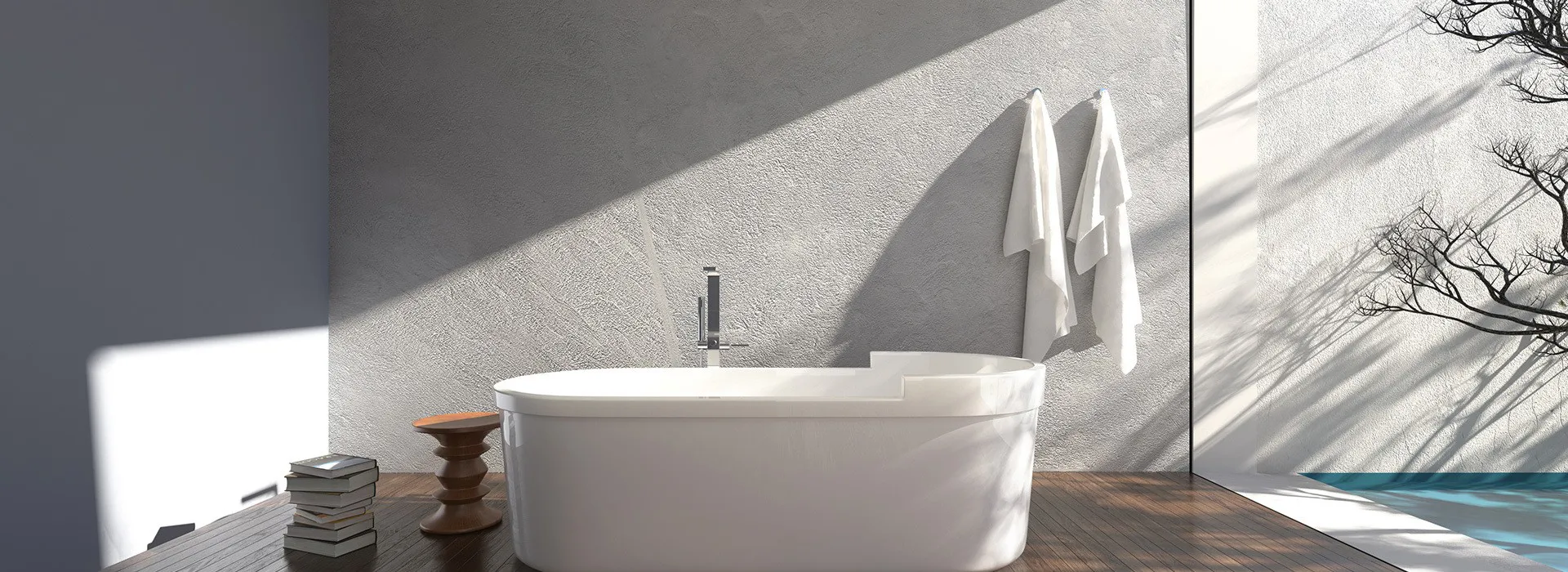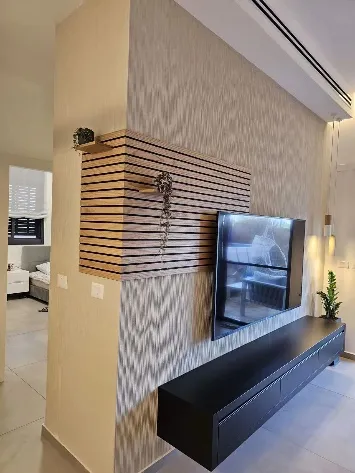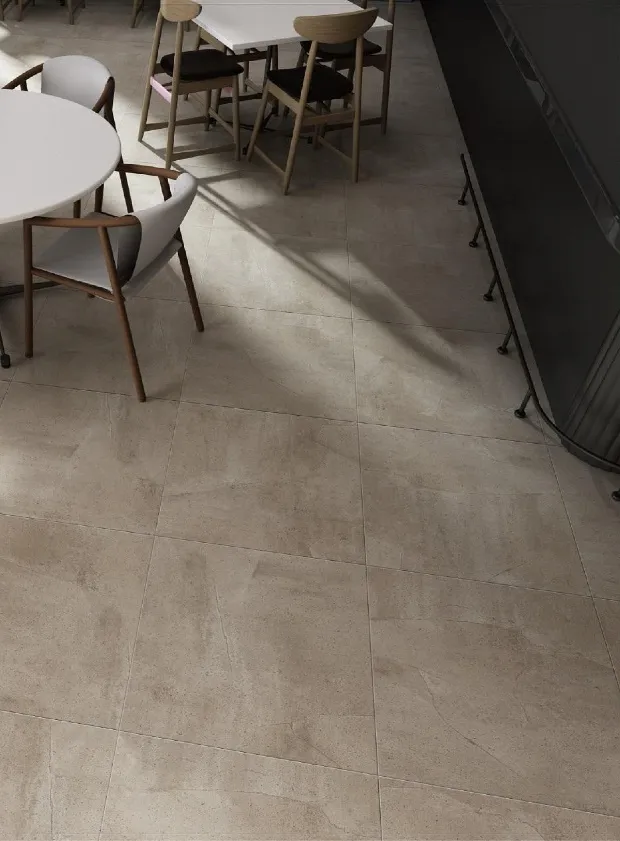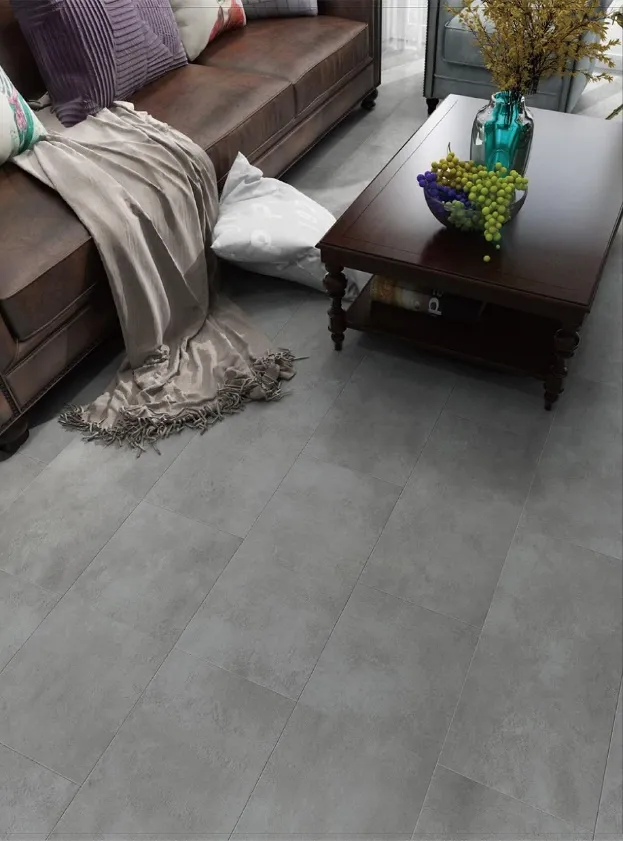
Optimal Double‑Bowl Kitchen Sink Size Ratios for Enhanced Efficiency
The "Sweet Spot" Your Kitchen Never Knew It Needed
Let's be real – most people don't lose sleep over their sink configuration... until they're trapped in a rinse-wash-soak tango while dinner burns. We've all been there: elbows bumping faucets, stacking dirty pans precariously like Jenga blocks, watching that pasta pot slide into the wrong basin. But what if I told you a simple tweak to your sink's dimension ratio could transform kitchen chaos into choreography?
Optimal isn't about chasing perfection – it's about finding that effortless groove where tools adapt to you, not the other way around. That "aha!" moment when cleanup feels less like combat and more like a well-practiced dance. Ever notice how some kitchens just... work? Where the flow between prep, cook, and clean feels frictionless? That's no accident.
Why Ratios Rule Your Sink Experience
Picture this: Your sink isn't two identical bowls, but complementary partners – like a chef and sous-chef. One handles the heavy lifting (soaking that stubborn lasagna pan), while the other shines at nimble tasks (rinsing parsley without flooding the counter). The magic happens when they support rather than compete.
The Goldilocks Formula
- The Workhorse Bowl (60-65%): Big enough to submerge baking sheets diagonally or conceal last night's pots pre-scrub. Dimensions averaging 22"-28" length
- The Agile Partner (35-40%): Compact zone for veggie rinsing, utensil cleaning, or holding the colander without hogging space. Typically 15"-20" long
- The Bridge Zone: That critical land between basins – 3"-5" of uninterrupted counter real estate for drying racks or temporary plating
"But why fix what isn't broken?" you ask. Because subliminal friction costs you daily . That extra shuffle when moving from scrub to rinse? The leaned posture reaching across oversized bowls? Those seconds compound into hours of lifetime effort.
The Psychology of a Great Sink
Ever notice how frustration boils fastest during cleanup? It's not the task – it's the tool mismatch. Anthropologist Dr. Lena Petrov observed: "We accept inefficient kitchen layouts with irrational resignation. People will endure cramped prep spaces for years before considering a sink remodel, though it impacts them 3x daily."
User Pain Points Solved by Smart Ratios
- The Splash Zone: Oversized basins mean water travels farther when pouring, increasing backsplash. Targeted sizing reduces cleanup-on-cleanup
- The Ergonomics Tango: Narrow sinks force awkward wrist angles during scrubbing. Proportionate bowls align with natural motion arcs
- Sponge Real Estate: That tiny ledge between basins? Prime territory for soap caddies when not obliterated by a centered faucet
Material Matters: Stainless Steel's Secret Advantage
Let's talk about your sink's skin – because material dramatically influences functional ratios. Stainless steel sinks offer unique advantages for dimension tuning:
- Thinner walls = more interior space within same footprint
- Precision forming allows sharper corners, minimizing dead zones
- Acoustically dampened models absorb clatter when stacking pots
Compare this to heavy composite or fireclay sinks where thick edges steal precious inches. That 33" outer width might only give you 28" of usable basin – a critical shrinkage when optimizing ratios. "With stainless," notes appliance designer Marco Ellis, "you're buying millimeters that multiply into cubic efficiency."
Customization Case Study: The Real-World Win
The Henderson family’s renovation revealed a hidden win: Swapping their symmetrical 50/50 sinks (two 18" bowls) for a 65/35 split yielded surprising gains:
| Metric | Before | After |
|---|---|---|
| Weekly water usage | 420 gallons | 387 gallons |
| Evening cleanup time | 23 min avg | 17 min avg |
| "Annoying splashes" complaints | 6/week | 1/week |
"Game-changer," mom Sarah reports. "Now when I drain pasta, it doesn't waterfall into the dirty side. The small bowl fits the salad spinner perfectly without monopolizing space."
Beyond Dimensions: The Supporting Cast
A perfectly ratioed sink still struggles with awkward fixtures. Consider:
- Faucet Reach: Ensure the sprayer head clears both basins’ center points – minimum 8.5" reach
- Drain Placement: Off-center drains prevent flat-bottomed items from sealing and draining poorly
- Undermount vs. drop-in: Undermounts gain fractional counter space but demand precise cutouts
"It’s symphony engineering," says fabrication expert Amir Chen. "The difference between frustrating and fabulous lives in millimeter-level decisions around transitions."
Your Ratio Toolkit: Actionable Steps
- Measure your largest dishware: Baking sheets, roasting pans, cutting boards. Can they submerge diagonally?
- Audit your motions: Film yourself washing big items. Where do you pivot? Where do objects collide?
- Mock-up basins: Use painter’s tape on counters to simulate bowl layouts. Test workflow with actual pots
- Demand cutout templates: Before purchasing, get the sink’s exact template to test fit your cabinets
Pro Tip: Cookware manufacturers don't care about your sink dimensions. Assume you'll need clearance for items 18"x14" minimum. Oversize = overflow frustration.
The Future of Sink Intelligence
Emerging tech will personalize ratios dynamically:
- Smart basins with adjustable dividers
- Flow sensors that adapt water pressure to bowl size
- Usage analytics suggesting optimized stacking patterns
"Ultimately," predicts smart home strategist Elena Ruiz, "sinks will learn your habits. Imagine it automatically configuring drain positions based on whether you're washing wine glasses or pasta pots that evening."
The Human Element: Making Ratios Feel Right
All the math won't matter if the sink fights your instincts. Balance technical precision with tactile joy:
- That satisfying moment a measuring cup fits perfectly under the faucet
- The rhythmic shhhhk of a scrub brush reaching every corner
- ☕ The morning ritual filling the kettle without bumping the backsplash
True optimization isn't measured in specs alone. It's that inexplicable rightness when tool meets task. As designer Mikkel Graves puts it: "A superb kitchen doesn't announce its cleverness. It simply disappears, leaving only the joy of creation."
Tags:
Recommend Products











